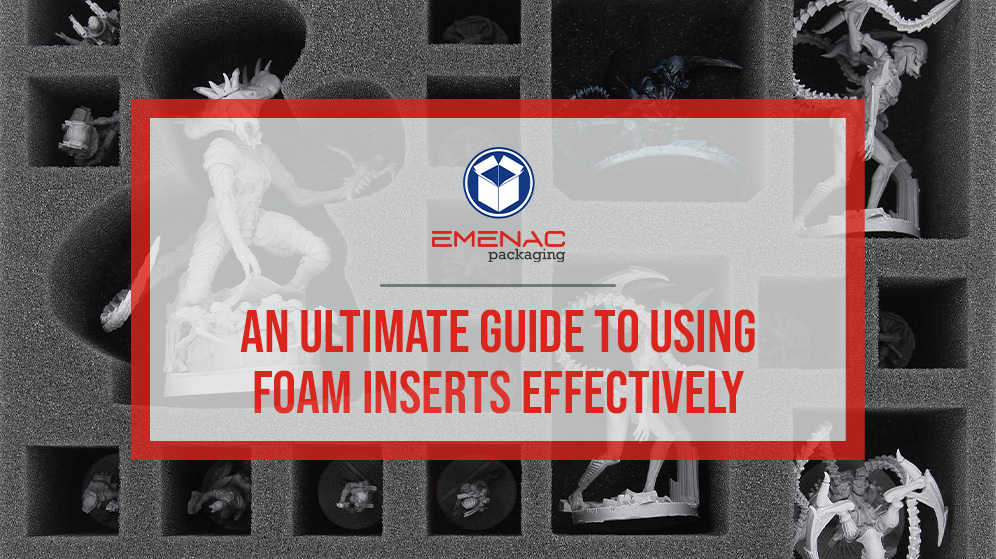An Ultimate Guide to Using Foam Inserts Effectively

Are you worried about shipping your fragile products without damage and looking for a safe packaging solution? Using foam packaging is a viable option for the safe transit of the product worldwide. According to Statista, in 2017 foam packaging of a value of USD $12.81 billion was used in packaging during transit to ensure the safety of the product.
Don’t be surprised by the high value of consumption of foam inserts as they entirely protect the product by providing a strong cushion in case of any blow and pressure. Foam packaging is categorized on the basis of the provision of different levels of hardness. The variation in them comes from using various materials like Polyurethane, polyethylene foam, etc.
Here is the list of the most common foam inserts that will aid you in choosing the right one according to the specification of the product and the purpose you employed them.
1. Polyurethane Foam
Polyurethane foam is the most frequently used polymer in packaging for filling voids and providing cushion. Its open-cell structure brings elasticity and makes it relatively soft. The elasticity of the foam depends upon the expansion rate during its manufacturing process.
The open cell structure makes it a good absorbent of moisture, which means if you store or transmit your product in a humid environment for a longer time, don’t use polyurethane. It’s the best packaging foam in dry conditions. They are completely customizable to any shape and design.
2. Polyethylene Foam
Polyethylene foam on the other hand is a closed-cell structure. They are resistant to moisture and bacteria. They are available in laminated sheets and extruded planks in several colours. In the case of highly fragile products, you can use crossed-linked denser polyethylene foam to protect them from damage. With the help of fusion mold, polyethylene foam is also customizable to any size and shape.
3. Anti-Static Foam
Anti-static foam is used for packing sensitive electronic devices and parts because of its ability to dissipate static charges that could cause electric shocks. Even polyurethane and polyethylene also convert to anti-static foams by treating them with anti-static agents. It does not affect the other features of elasticity and pores but only adds another property of dissipation of charges. It makes them the perfect choice for the packaging of automotive parts and electronic items.
4. Polystyrene Foam
Polystyrene foam is used for packaging heavy appliances and other sensitive products. It’s a lightweight foam with high durability on compression. Polystyrene foam is great for protecting delicate products from damage on dropping or other like scenarios. With the insulation features, it introduces them as reliable packaging material for electronic items.
Final Thoughts
Foam inserts are available in a variety of features. You can select the suitable one on the basis of the need for the product. For instance, if your product is sensitive to electric charges, employing anti-static foam or polystyrene foam will be the right option for you. All of them are handy for providing protection again any kind of external force applied to them in case of blow or shock.